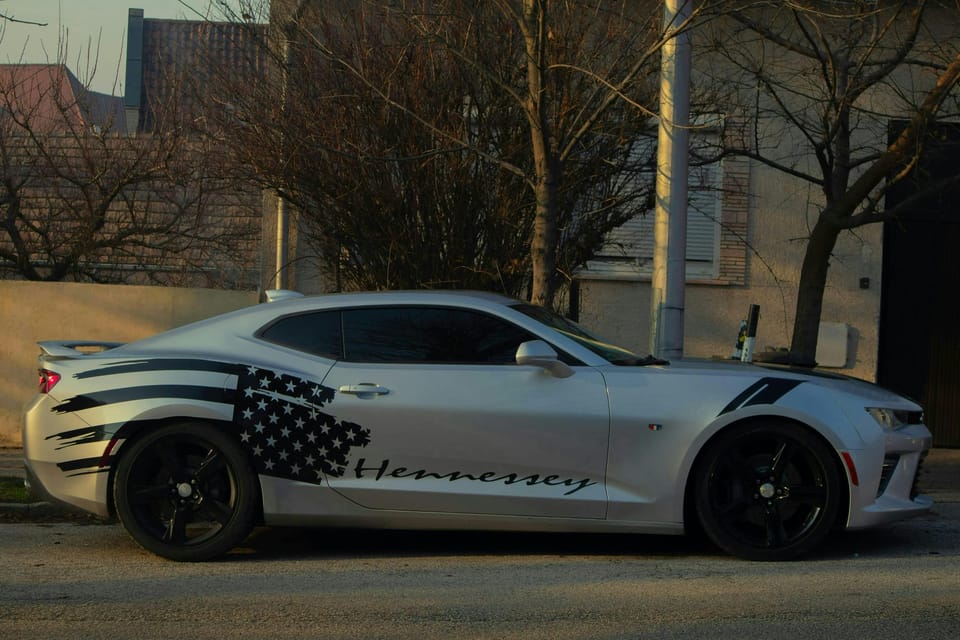Vehicle Wrap or Paint Protection Film? How to Choose the Right Shield for Your Car


Protecting Your Vehicle’s Finish
Your vehicle’s finish isn’t just about appearance—it’s about pride, value, and protection. Whether you drive a daily commuter, a weekend toy, or a fleet workhorse, keeping paint pristine is an investment worth making.
Two of the most effective solutions are vehicle wraps and paint protection film (PPF). While both shield your paint, they do it in very different ways.
At TrueLine Automotive, we help drivers understand these differences so you can choose the option that fits your goals, your budget, and your vehicle.
What Is a Wrap?
A wrap is a vinyl film applied over your paint.
Primary Purpose:
✅ Transform the appearance of your vehicle
Additional Benefits:
✅ Moderate protection from UV rays, scratches, and light debris
✅ Acts as a removable layer that preserves the original finish underneath
Photo Suggestion:
📷 Matte black wrapped sports car
Caption: “Wraps can change your vehicle’s look while adding a layer of defense.”
What Is Paint Protection Film (PPF)?
PPF is a transparent polyurethane film designed primarily to protect paint:
✅ Resists chips, scratches, and chemical damage
✅ Self-healing topcoat repairs minor scuffs with heat
✅ Nearly invisible when installed correctly
Think of PPF as invisible armor—ideal if you love your original color and want maximum protection.
External Link Suggestion:
Cost Comparison
It’s important to compare initial cost and long-term value:
| Feature | Wrap | PPF |
|---|---|---|
| Look | Many colors/textures | Clear or matte |
| Protection | Moderate UV/abrasion | Max impact/chemical defense |
| Lifespan | ~5–7 years | ~7–10 years |
| Cost | Lower per sq foot | Higher per sq foot |
✅ Pro Tip:
For many owners, combining both is the ultimate solution—PPF in high-impact areas, wrap everywhere else.
Scenarios: Which Should You Pick?
For Daily Drivers:
- PPF: Protects against rock chips and door dings.
- Wrap: Adds personality and light protection.
For Show Cars:
- PPF: Maintains flawless paint for resale value.
- Wrap: Lets you customize looks without repainting.
For Work Vehicles:
- Wrap: Ideal for branding and scratch resistance.
- PPF: Essential if resale value matters.
Combining Both for Ultimate Protection
Example Combo:
- PPF on bumpers, hood, fenders
- Satin or gloss wrap on the rest of the vehicle
Benefits:
✅ Maximum protection where it matters most
✅ Complete design freedom everywhere else
Photo Suggestion:
📷 Diagram highlighting PPF + wrap zones
Caption: “Combine PPF and wraps for the best of both worlds.”
Quick FAQ
Can you wrap over PPF?
Yes, but it’s not always recommended. For best results, apply PPF after the wrap or keep them separate.
Does PPF change the look of paint?
Modern PPF is crystal clear and enhances gloss. Matte PPF options are also available.
How long do wraps and PPF last?
PPF: ~7–10 years
Wraps: ~5–7 years with proper care
Why Choose TrueLine Automotive?
For over a decade, TrueLine has specialized exclusively in Detroit-engineered pre-cut automotive protection, precision-cut with advanced Summa F Series technology. Whether you choose wraps, PPF, or both, our pre-cut kits deliver clean edges, professional results, and proven performance—without compromise.
Thousands of vehicle owners trust TrueLine to protect what matters.
✅ Ready to get started? [Shop Pre-Cut Wraps & PPF Kits Now →]
🔗 See why drivers rate us 4.9 stars on Google.
[Link to your Google Reviews page]
📣 Proud of your install? Share it on Facebook and tag TrueLine.
[Link to your Facebook page]
